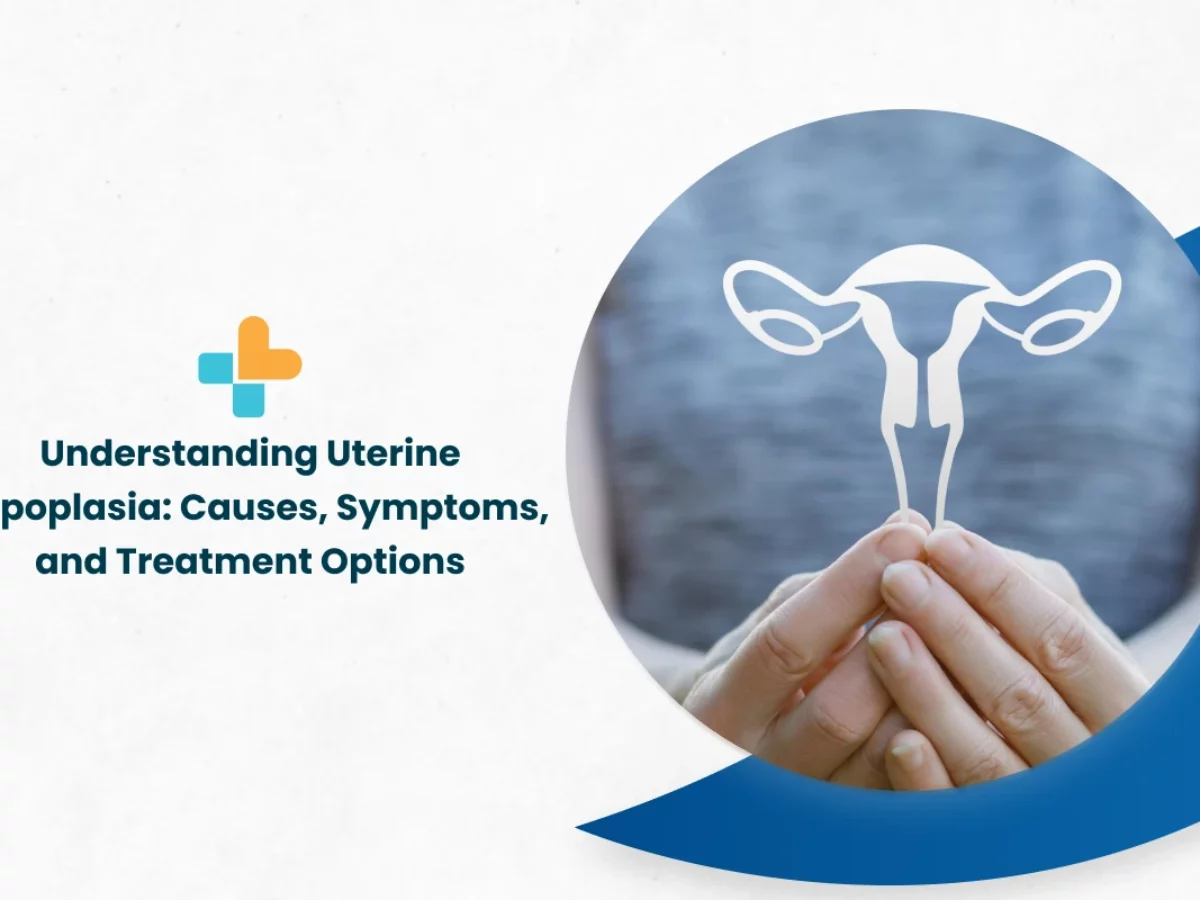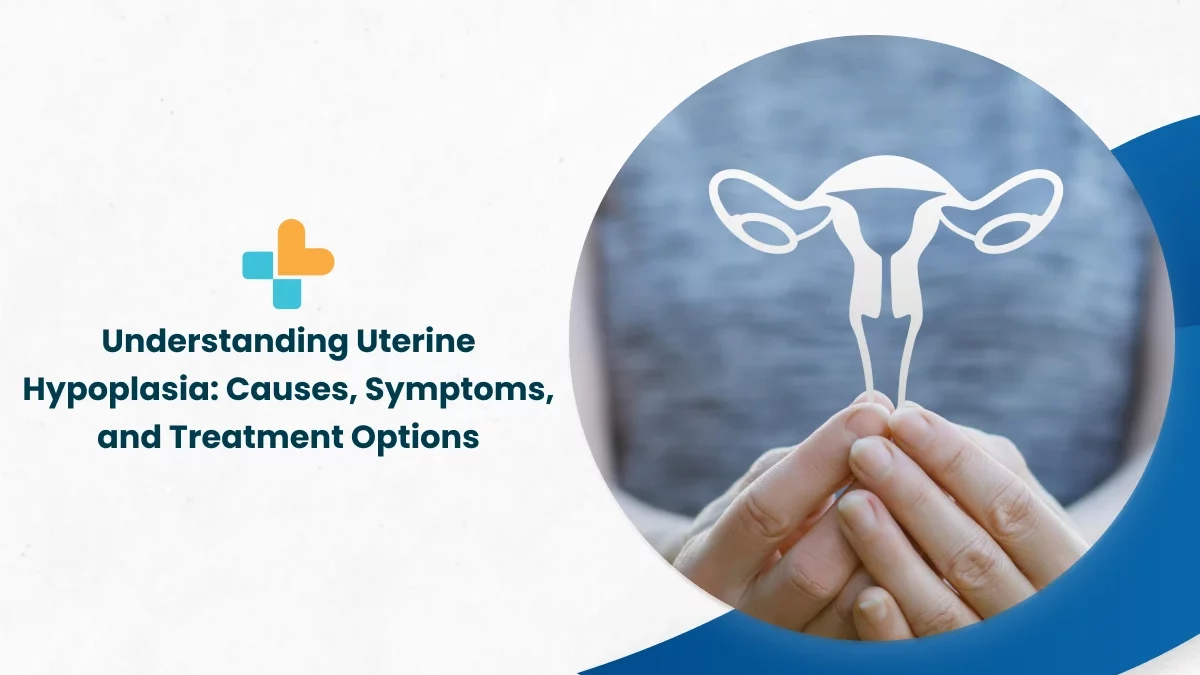Hypoplasia of uterus: Understanding its causes, symptoms, and treatment
– Uterine hypoplasia, also known as hypoplastic uterus, is a condition where a girl is born with an abnormally small uterus.
– It is a congenital disorder that occurs when the uterus fails to fully develop in the fetus.
– The cause of this abnormal development is unknown.
– Uterine hypoplasia may be associated with Mayer-Rokitansky-Küster-Hauser (MRKH) syndrome, where the girl’s uterus and vagina are absent or underdeveloped.
– Symptoms include primary amenorrhea (failure to start having periods at puberty), abdominal pain, and a small or nonexistent vaginal opening.
– Diagnosis is often made during puberty when a girl fails to start her periods, and it involves a thorough medical history, physical examination, blood tests to check for MRKH syndrome, and imaging tests such as ultrasound and MRI.
– Treatment and care for uterine hypoplasia depend on the individual and their symptoms.

